|
Your search criteria found 1300 images Gallery: Universe |
| My List |
Addition Date | Target | Mission |
Instrument
|
Size |

|
2008-11-11 |
Spitzer Space Telescope |
Infrared Spectrograph (IRS) |
3000x2400x3 | |
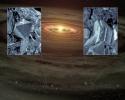
|
|||||

|
2011-05-26 |
Spitzer Space Telescope |
Infrared Spectrograph (IRS) |
3000x2400x3 | |
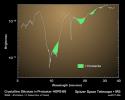
|
|||||

|
2010-03-17 |
Planck |
IRAS |
1000x892x3 | |
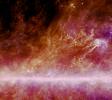
|
|||||

|
2012-04-26 |
Wide-field Infrared Survey Explorer (WISE) |
IRAS |
2240x2240x3 | |
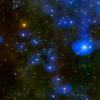
|
|||||

|
2023-12-22 |
IRAS |
1200x675x3 | ||
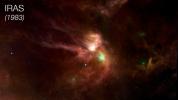
|
|||||

|
2011-10-24 |
Spitzer Space Telescope Wide-field Infrared Survey Explorer (WISE) |
IRAC WISE Telescope |
2811x2154x3 | |
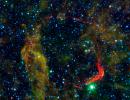
|
|||||

|
2013-06-05 |
Spitzer Space Telescope Wide-field Infrared Survey Explorer (WISE) |
IRAC WISE Telescope |
3000x3000x3 | |
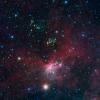
|
|||||

|
2013-06-05 |
Spitzer Space Telescope Wide-field Infrared Survey Explorer (WISE) |
IRAC WISE Telescope |
9000x7000x3 | |
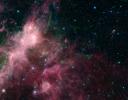
|
|||||

|
2011-04-04 |
Spitzer Space Telescope |
IRAC Visible Light |
2829x1401x3 | |
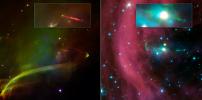
|
|||||

|
2010-11-24 |
Spitzer Space Telescope |
IRAC Very Large Array (VLA) |
3000x2400x3 | |
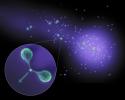
|
|||||

|
2011-05-25 |
Galaxy Evolution Explorer (GALEX) Spitzer Space Telescope |
IRAC Ultraviolet/Visible Camera |
2853x1903x3 | |
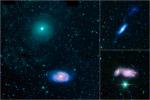
|
|||||

|
2012-04-03 |
Galaxy Evolution Explorer (GALEX) Spitzer Space Telescope |
IRAC Ultraviolet/Visible Camera |
1130x1130x3 | |
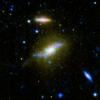
|
|||||

|
2012-10-03 |
Galaxy Evolution Explorer (GALEX) Spitzer Space Telescope |
IRAC Ultraviolet/Visible Camera |
6019x6019x3 | |
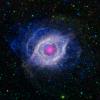
|
|||||

|
2014-05-28 |
Spitzer Space Telescope |
IRAC Two Micron All Sky Survey (2MASS) |
2251x1476x3 | |
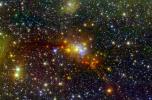
|
|||||

|
2016-04-14 |
Spitzer Space Telescope |
IRAC Two Micron All Sky Survey (2MASS) |
4165x2343x3 | |
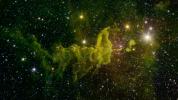
|
|||||

|
2012-01-10 |
Herschel Space Observatory Spitzer Space Telescope |
IRAC SPIRE PACS |
15500x15500x3 | |
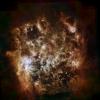
|
|||||

|
2012-01-10 |
Herschel Space Observatory Spitzer Space Telescope |
IRAC SPIRE PACS |
10000x5000x3 | |
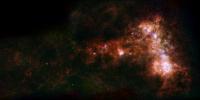
|
|||||

|
2006-05-11 |
Spitzer Space Telescope |
IRAC MIPS Visible Light |
900x859x3 | |
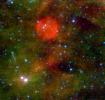
|
|||||

|
2005-08-03 | AMS08 |
Spitzer Space Telescope |
IRAC MIPS Very Large Array (VLA) |
2099x2100x3 |
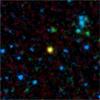
|
|||||

|
2008-06-03 | Milky Way |
Spitzer Space Telescope |
IRAC MIPS |
14400x10800x3 |
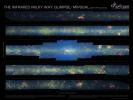
|
|||||

|
2008-07-15 |
Spitzer Space Telescope |
IRAC MIPS |
8000x4500x3 | |
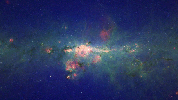
|
|||||

|
2008-08-22 | W5 |
Spitzer Space Telescope |
IRAC MIPS |
6436x7288x3 |

|
|||||

|
2008-12-16 |
Spitzer Space Telescope |
IRAC MIPS |
1500x1500x3 | |
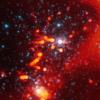
|
|||||

|
2009-04-03 | M33 |
Spitzer Space Telescope |
IRAC MIPS |
4300x2800x3 |
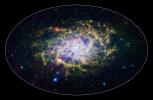
|
|||||

|
2010-01-05 |
Spitzer Space Telescope |
IRAC MIPS |
7801x7021x3 | |
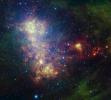
|
|||||

|
2010-07-07 |
Spitzer Space Telescope |
IRAC MIPS |
7600x3700x3 | |
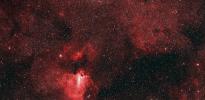
|
|||||

|
2010-07-07 |
Spitzer Space Telescope |
IRAC MIPS |
7600x3700x3 | |
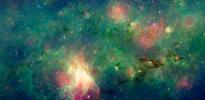
|
|||||

|
2011-02-10 |
Spitzer Space Telescope |
IRAC MIPS |
6800x6800x3 | |
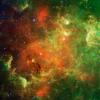
|
|||||

|
2011-03-03 |
Spitzer Space Telescope |
IRAC MIPS |
1200x1200x3 | |
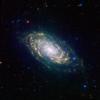
|
|||||

|
2011-03-18 |
Spitzer Space Telescope |
IRAC MIPS |
16000x9000x3 | |
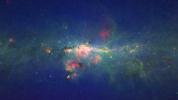
|
|||||

|
2011-06-15 |
Spitzer Space Telescope |
IRAC MIPS |
3600x3600x3 | |
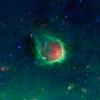
|
|||||

|
2011-07-20 | IC 342 |
Spitzer Space Telescope |
IRAC MIPS |
2500x2100x3 |
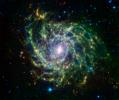
|
|||||

|
2012-08-15 | Messier 100 |
Spitzer Space Telescope |
IRAC MIPS |
1016x1016x3 |
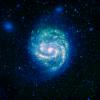
|
|||||

|
2012-08-15 | Messier 100 |
Spitzer Space Telescope |
IRAC MIPS |
1016x1016x3 |
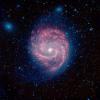
|
|||||

|
2019-05-30 |
Spitzer Space Telescope |
IRAC MIPS |
14391x6232x3 | |
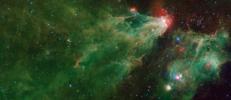
|
|||||

|
2015-03-23 |
Spitzer Space Telescope |
IRAC Kitt Peak National Observatory |
4008x2255x3 | |
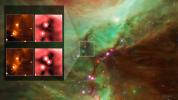
|
|||||

|
2015-07-02 |
Chandra X-ray Observatory Spitzer Space Telescope |
IRAC Kitt Peak National Observatory |
3600x3600x3 | |
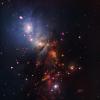
|
|||||

|
2008-05-28 |
Spitzer Space Telescope |
IRAC Infrared Spectrograph (IRS) MIPS |
925x925x3 | |
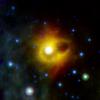
|
|||||

|
2008-07-21 | Messier 101 |
Spitzer Space Telescope |
IRAC Infrared Spectrograph (IRS) MIPS |
2766x2766x3 |
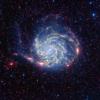
|
|||||

|
2010-03-17 |
Spitzer Space Telescope |
IRAC IRAS MIPS |
2400x3000x3 | |

|
|||||

|
2005-06-10 | Cassiopeia A |
Hubble Space Telescope Spitzer Space Telescope |
IRAC Visible Light Chandra X-ray Telescope |
1835x1348x3 |
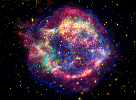
|
|||||

|
2005-05-04 | Messier 104 |
Hubble Space Telescope Spitzer Space Telescope |
IRAC Visible Light |
3000x1681x3 |
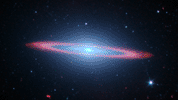
|
|||||

|
2005-09-27 | HUDF-JD2 |
Hubble Space Telescope Spitzer Space Telescope |
IRAC Visible Light |
2699x1838x3 |
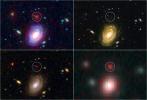
|
|||||

|
2006-04-26 |
Hubble Space Telescope Spitzer Space Telescope |
IRAC Visible Light |
2905x1486x3 | |
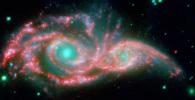
|
|||||

|
2006-07-21 |
Hubble Space Telescope Spitzer Space Telescope |
IRAC Visible Light |
900x360x3 | |
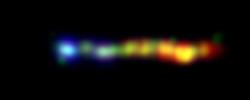
|
|||||

|
2007-05-01 |
Spitzer Space Telescope |
IRAC Visible Light |
2838x948x3 | |
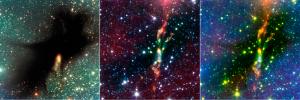
|
|||||

|
2006-11-07 |
Spitzer Space Telescope |
IRAC Ultraviolet/Visible Camera |
6000x6000x3 | |
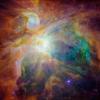
|
|||||

|
2007-12-13 | M51 |
Galaxy Evolution Explorer (GALEX) Spitzer Space Telescope |
IRAC Ultraviolet/Visible Camera |
1978x2850x3 |

|
|||||

|
2006-03-03 |
Spitzer Space Telescope |
IRAC Near Infrared Spectrometer |
966x966x3 | |
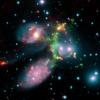
|
|||||

|
2004-03-08 |
Spitzer Space Telescope |
IRAC Multiband Imaging Photometer (MIPS) |
2262x1899x3 | |
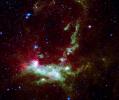
|
|||||

|
2004-04-13 |
Spitzer Space Telescope |
IRAC Multiband Imaging Photometer (MIPS) |
3600x2556x3 | |
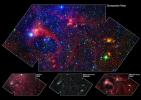
|
|||||

|
2004-04-13 |
Spitzer Space Telescope |
IRAC Multiband Imaging Photometer (MIPS) |
3588x4224x3 | |

|
|||||

|
2005-01-12 | Trifid Nebula |
Spitzer Space Telescope |
IRAC Multiband Imaging Photometer (MIPS) |
2841x1846x3 |
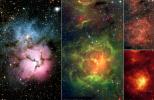
|
|||||

|
2005-01-12 |
Spitzer Space Telescope |
IRAC Multiband Imaging Photometer (MIPS) |
2816x1404x3 | |
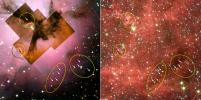
|
|||||

|
2005-03-22 |
Spitzer Space Telescope |
IRAC Multiband Imaging Photometer (MIPS) |
2220x2374x3 | |

|
|||||

|
2005-12-22 |
Spitzer Space Telescope |
IRAC Multiband Imaging Photometer (MIPS) |
2310x3897x3 | |

|
|||||

|
2006-06-06 |
Hubble Space Telescope Spitzer Space Telescope |
IRAC Multiband Imaging Photometer (MIPS) |
1778x1778x3 | |
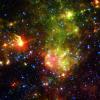
|
|||||

|
2006-09-01 |
Spitzer Space Telescope |
IRAC Multiband Imaging Photometer (MIPS) |
6000x6000x3 | |
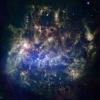
|
|||||

|
2006-10-27 |
Spitzer Space Telescope |
IRAC Multiband Imaging Photometer (MIPS) |
3000x2300x3 | |
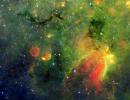
|
|||||

|
2006-10-27 |
Spitzer Space Telescope |
IRAC Multiband Imaging Photometer (MIPS) |
2448x2244x3 | |
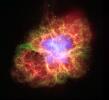
|
|||||

|
2007-01-09 |
Hubble Space Telescope Spitzer Space Telescope |
IRAC Multiband Imaging Photometer (MIPS) |
2100x2400x3 | |

|
|||||

|
2007-01-09 |
Hubble Space Telescope Spitzer Space Telescope |
IRAC Multiband Imaging Photometer (MIPS) |
2394x2571x3 | |

|
|||||

|
2007-01-09 |
Spitzer Space Telescope |
IRAC Multiband Imaging Photometer (MIPS) |
2100x2400x3 | |

|
|||||

|
2007-02-12 | Helix Nebula |
Spitzer Space Telescope |
IRAC Multiband Imaging Photometer (MIPS) |
4279x3559x3 |
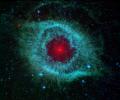
|
|||||

|
2007-04-16 | Pleiades |
Spitzer Space Telescope |
IRAC Multiband Imaging Photometer (MIPS) |
2855x2855x3 |
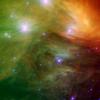
|
|||||

|
2007-05-17 | Barnard 30 |
Spitzer Space Telescope |
IRAC Multiband Imaging Photometer (MIPS) |
3182x1282x3 |
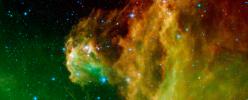
|
|||||

|
2008-02-11 | Rho Ophiuchi |
Spitzer Space Telescope |
IRAC Multiband Imaging Photometer (MIPS) |
6020x2905x3 |
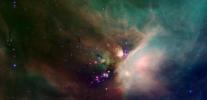
|
|||||

|
2008-04-10 | Omega Centauri |
Spitzer Space Telescope |
IRAC Multiband Imaging Photometer (MIPS) |
1400x1400x3 |
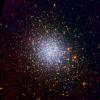
|
|||||

|
2006-06-05 |
Spitzer Space Telescope |
IRAC Mosaic-I Camera Mayall 4-Meter Telescope |
1114x1380x3 | |

|
|||||

|
2006-04-05 |
Spitzer Space Telescope W. M. Keck Observatory |
IRAC Keck I Telescope |
2571x2130x3 | |
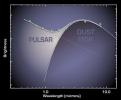
|
|||||

|
2007-09-13 |
Spitzer Space Telescope |
IRAC Chandra X-ray Telescope |
3300x3300x3 | |
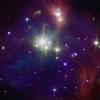
|
|||||

|
2003-09-03 |
Spitzer Space Telescope |
IRAC |
1600x2000x3 | |

|
|||||

|
2003-12-18 |
Spitzer Space Telescope |
IRAC |
1142x939x3 | |
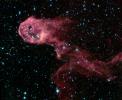
|
|||||

|
2003-12-18 |
Spitzer Space Telescope |
IRAC |
1364x1038x3 | |
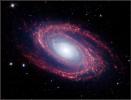
|
|||||

|
2003-12-18 |
Spitzer Space Telescope |
IRAC |
1020x643x3 | |
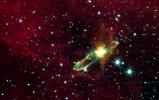
|
|||||

|
2004-01-13 | Tarantula Nebula |
Spitzer Space Telescope |
IRAC |
1384x908x3 |
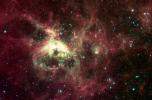
|
|||||

|
2004-02-12 | Cepheus |
Spitzer Space Telescope |
IRAC |
1103x1293x3 |

|
|||||

|
2004-04-13 |
Spitzer Space Telescope |
IRAC |
3652x1936x3 | |
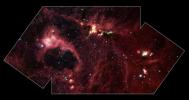
|
|||||

|
2004-04-13 |
Spitzer Space Telescope |
IRAC |
3652x1936x3 | |
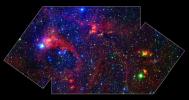
|
|||||

|
2004-05-11 |
Spitzer Space Telescope |
IRAC |
1530x776x3 | |

|
|||||

|
2004-05-11 |
Spitzer Space Telescope |
IRAC |
708x570x3 | |
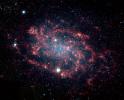
|
|||||

|
2004-05-27 | RCW 49 Nebula |
Spitzer Space Telescope |
IRAC |
1520x1520x3 |
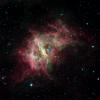
|
|||||

|
2004-06-01 | Centaurus A |
Spitzer Space Telescope |
IRAC |
1627x1227x3 |
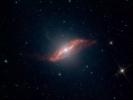
|
|||||

|
2004-06-28 | NGC 7331 |
Spitzer Space Telescope |
IRAC |
1239x805x3 |
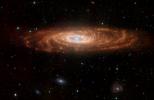
|
|||||

|
2004-08-09 | NGC 246 |
Spitzer Space Telescope |
IRAC |
1018x1018x3 |
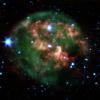
|
|||||

|
2004-09-07 |
Spitzer Space Telescope |
IRAC |
1125x1125x3 | |
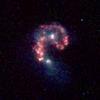
|
|||||

|
2004-09-07 |
Spitzer Space Telescope |
IRAC |
1125x1125x3 | |
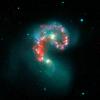
|
|||||

|
2004-10-06 |
Spitzer Space Telescope |
IRAC |
1090x1090x3 | |
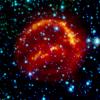
|
|||||

|
2004-10-12 |
Spitzer Space Telescope |
IRAC |
602x602x3 | |
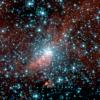
|
|||||

|
2004-10-18 |
Spitzer Space Telescope |
IRAC |
3000x2400x3 | |
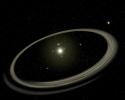
|
|||||

|
2005-02-08 | OTS 44 |
Spitzer Space Telescope |
IRAC |
2580x2010x3 |
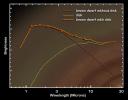
|
|||||

|
2005-02-11 | Ring Nebula |
Spitzer Space Telescope |
IRAC |
2104x1726x3 |
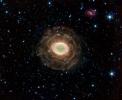
|
|||||

|
2005-04-18 | RCW 79 |
Spitzer Space Telescope |
IRAC |
2440x2440x3 |
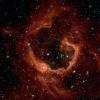
|
|||||

|
2005-05-30 | Carina Nebula |
Spitzer Space Telescope |
IRAC |
6614x5196x3 |
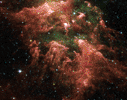
|
|||||

|
2005-06-10 | Cassiopeia A |
Spitzer Space Telescope |
IRAC |
2826x774x3 |

|
|||||

|
2005-06-10 | Cassiopeia A |
Spitzer Space Telescope |
IRAC |
2842x1622x3 |
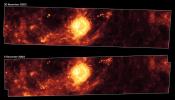
|
|||||

|
2005-10-27 |
Spitzer Space Telescope |
IRAC |
561x561x3 | |
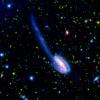
|
|||||

|
2005-10-28 |
Spitzer Space Telescope |
IRAC |
1600x1600x3 | |
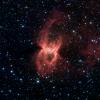
|
|||||

|
2005-11-09 |
Spitzer Space Telescope |
IRAC |
3426x2548x3 | |
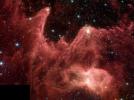
|
|||||

|
2005-11-15 | Perseus |
Spitzer Space Telescope |
IRAC |
1291x1663x3 |

|
|||||

|
 |
 |
 |
 |
 |
 |
 |
 |
 |
 |

|
| 1-100 | 101-200 | 201-300 | 301-400 | 401-500 | 501-600 | 601-700 | 701-800 | 801-900 | 901-1000 |
| Currently displaying images: 401 - 500 of 1300 |